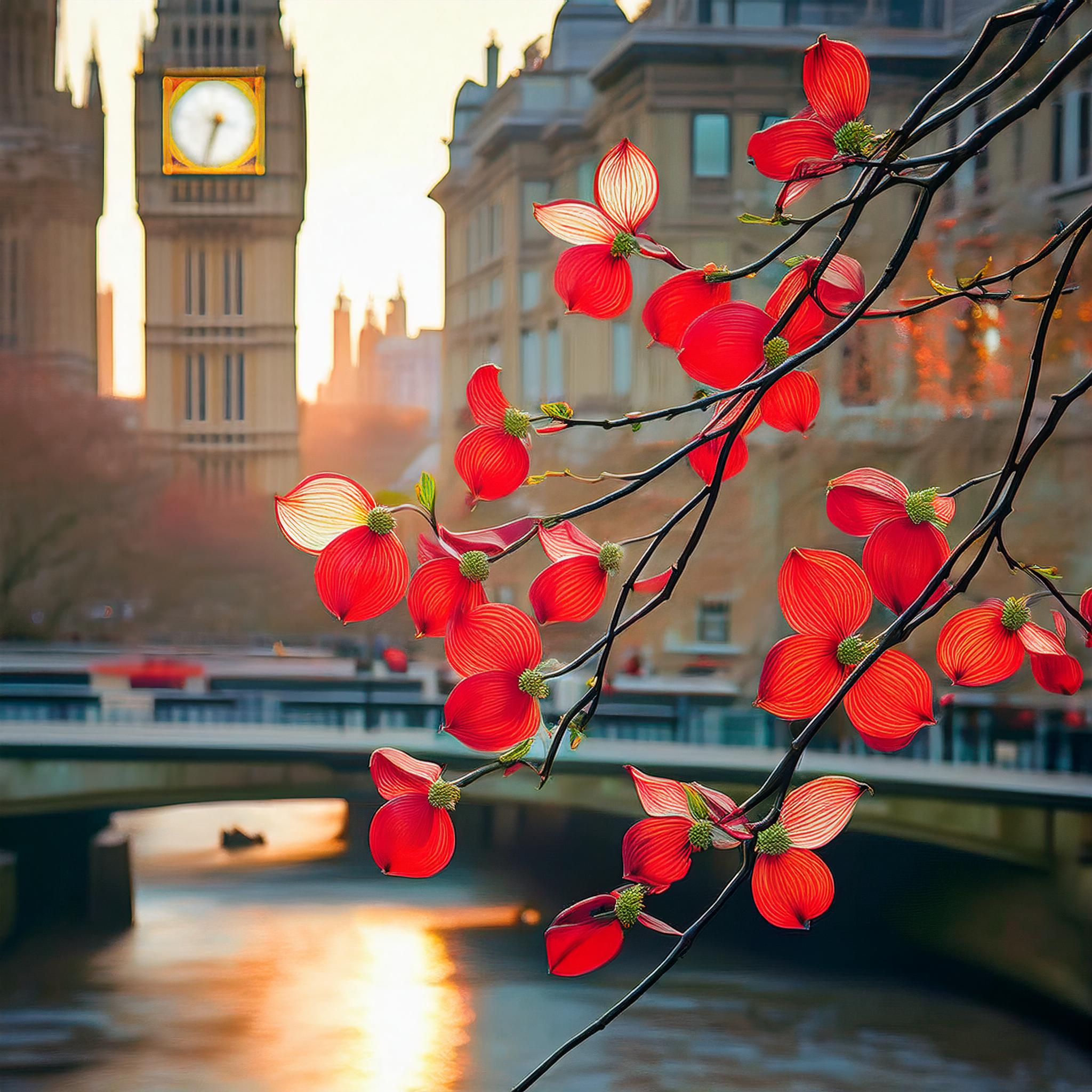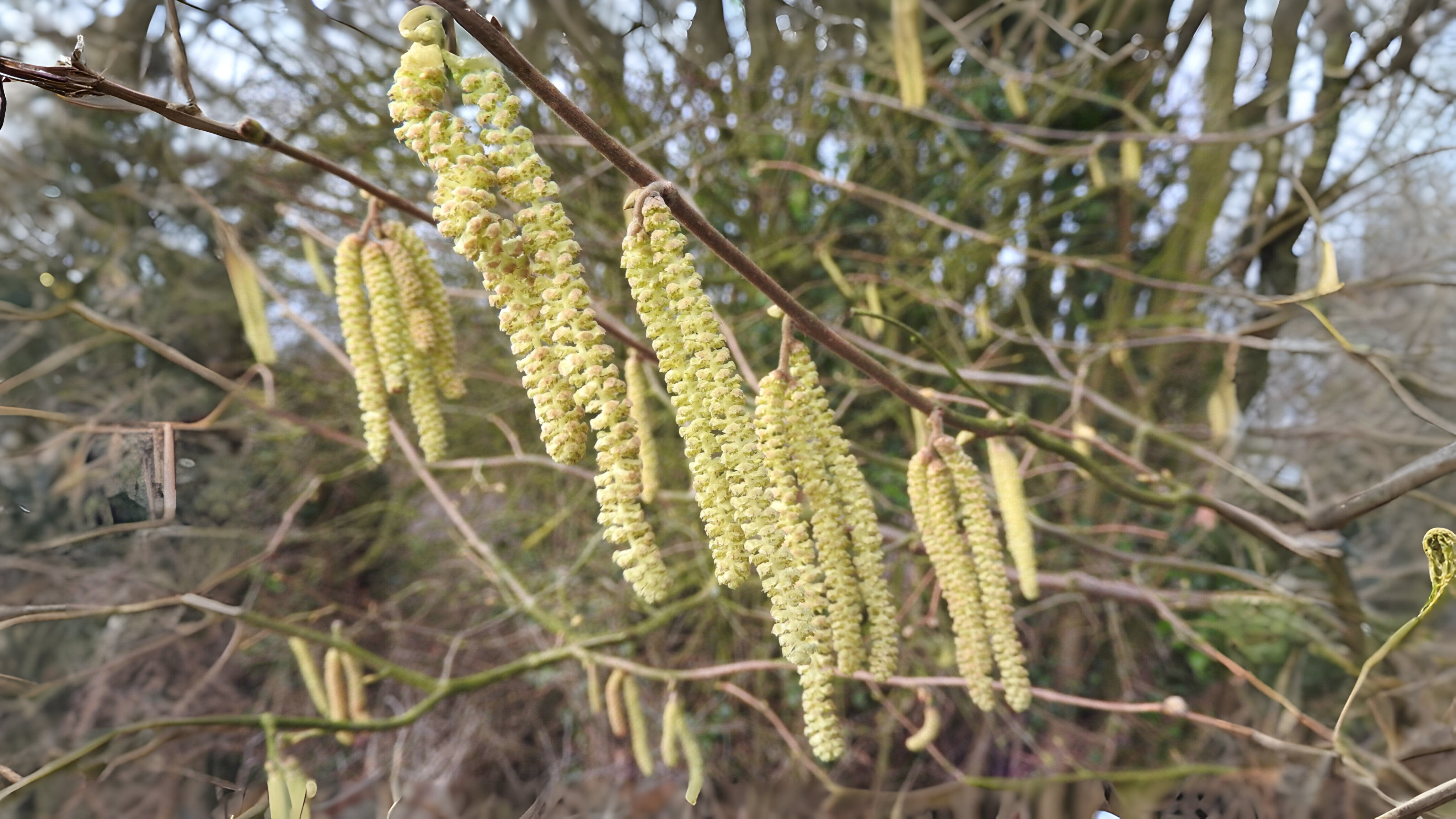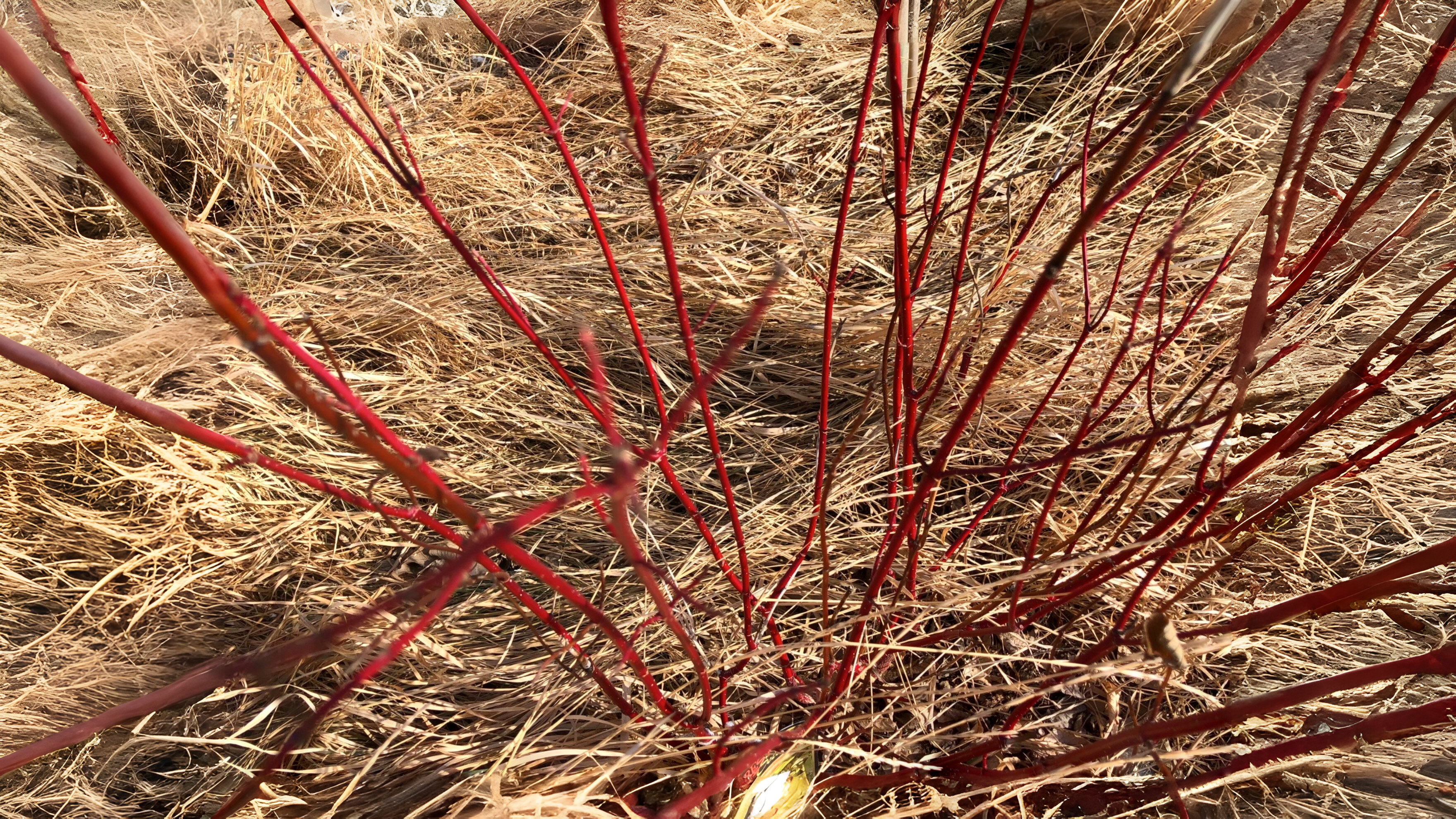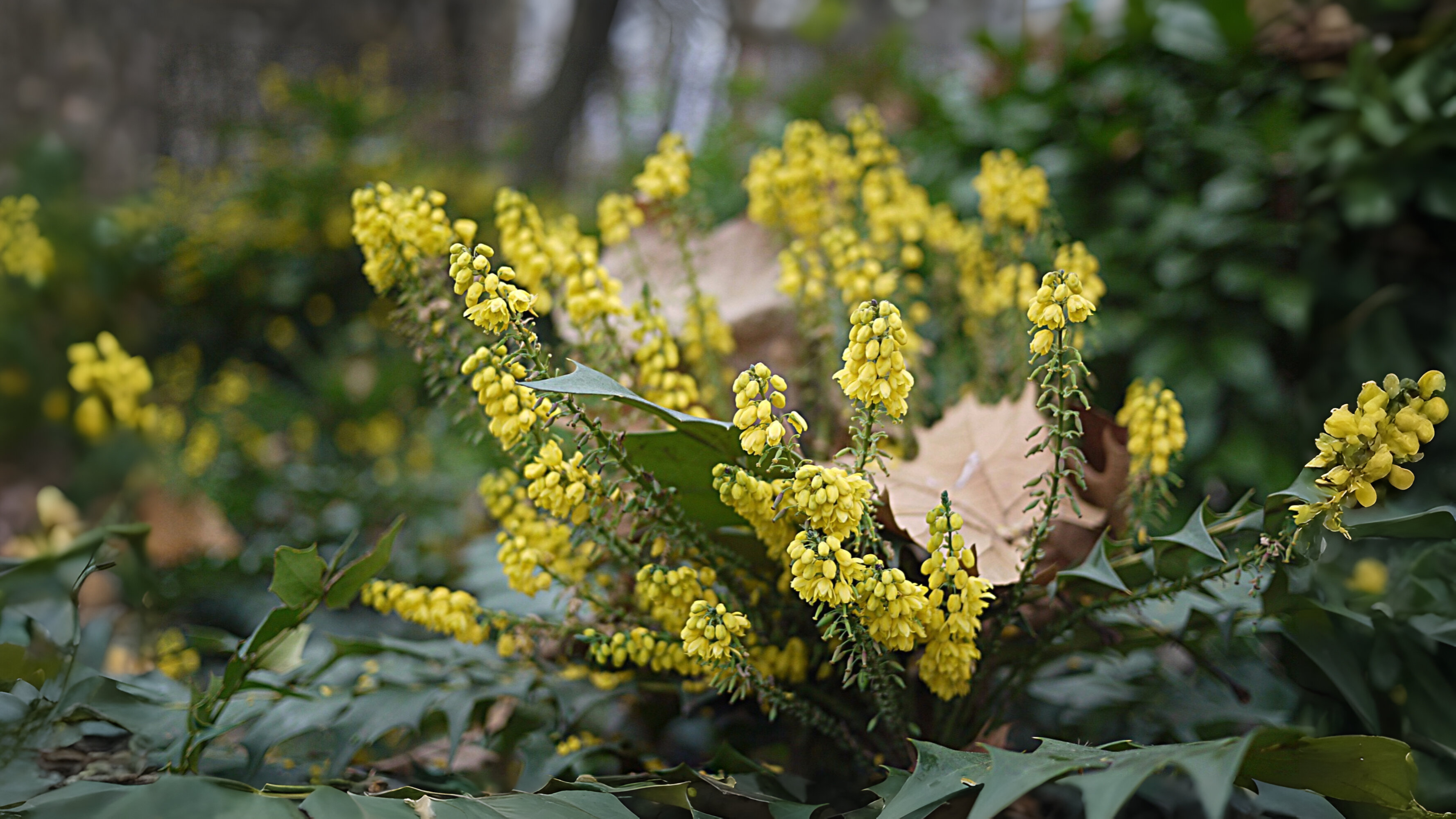Join us on January 24th to explore the beauty of wild shrubs in winter. Discover the bright yellow flowers of gorse and the waving yellow catkins of hazel. Learn about the vibrant stems of wild dogwood and the colorful berries that provide a splash of color in the winter landscape. Whether you're a nature enthusiast or just love the outdoors, this article will help you appreciate the wild shrubs of January.
There are two wild shrubs in flower or starting to flower that stand out this month. These are gorse and hazel. Gorse Ulex europaeus is one of that small group of British plants that can flower every day of the year. Its bright yellow flowers are a delight to come across in dull weather on our heaths and commons. The great Swedish botanist Karl Linnaeus, when he first saw the shrub on British soil, is said to have been walking on Putney Heath. On seeing it, he is said to have fallen on his knees praising God for creating such beauty. He even grew it in his own garden in Uppsala. We take it for granted in the British Isles where it grows best. Elsewhere in Europe it does not fare so well and in Russia it was even grown as a conservatory plant.
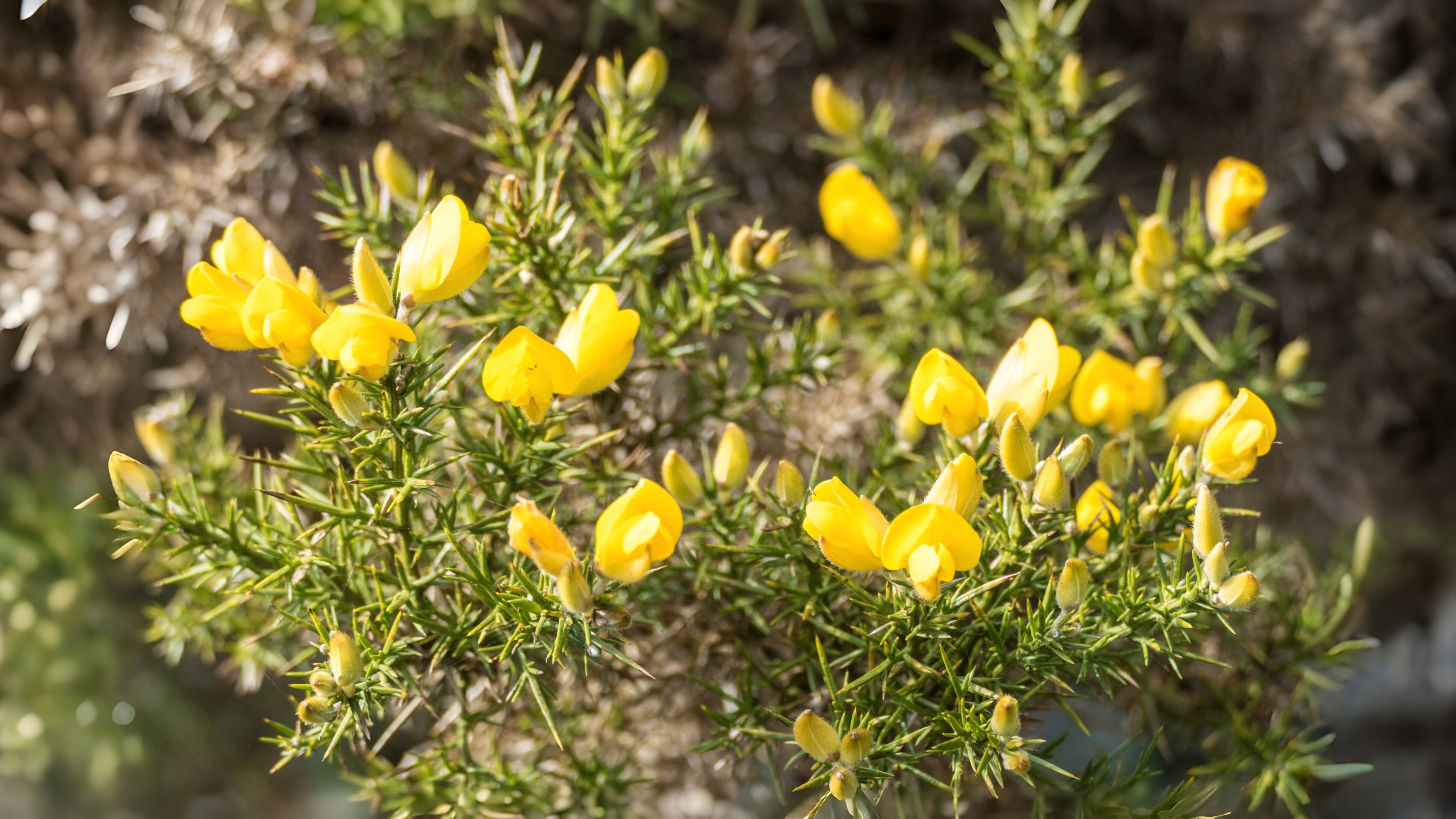
Hazels, with their long yellow catkins called “lambs’ tails” can be in full flower at the beginning or end of the month, or both. Either way their waving yellow tassels are one of the traditional pointers to spring. When all the leaves are off the trees and woods have a barren look, hazels can stand out dramatically, Dulwich Woods is a good place to see them in the understorey. Woods on the northern borders of Kent and Surrey have far more hazel than elsewhere in London e.g. Keston common and Bookham common. If branches of hazel are brought indoors the catkins quickly lengthen, turn yellow and then shed a pool of yellow pollen.
On lime-rich soils around London it is the wild dogwood Cornus sanguinea with its deep blood coloured stems that is noticed most on winter walks. In the past it was used to cure mangey dogs, hence its alternative name of Hound’s tea. An American relative C. sericea has also formed some large wild patches here and there. Its
stems can be orange and dark red and the ‘Flaviramea’ form is a bright greenish yellow. Breeders of dogwoods have produced an even larger range of more exciting colours for gardens e.g. C. alba Sibirica is a brilliant crimson and C. alba ‘kesselringii’ is purple-black. C. sanguinea ‘Winter flame’ is probably the showiest of all with a mixture of orange, yellow and red on its branches. This can be found at the Royal Horticultural Society’s garden at Wisley.
Berries and other fruit on trees and shrubs largely disappear throughout the month into the beaks of hungry birds. At the beginning of the month holly, hawthorns, roses, spotted laurel, rowans, privet and cotoneasters may all be covered in berries. In mild winters there may still be many left at the end of the month, but if the month is cold perhaps only tree cotoneasters and a few unpalatable rowans will be left untouched.
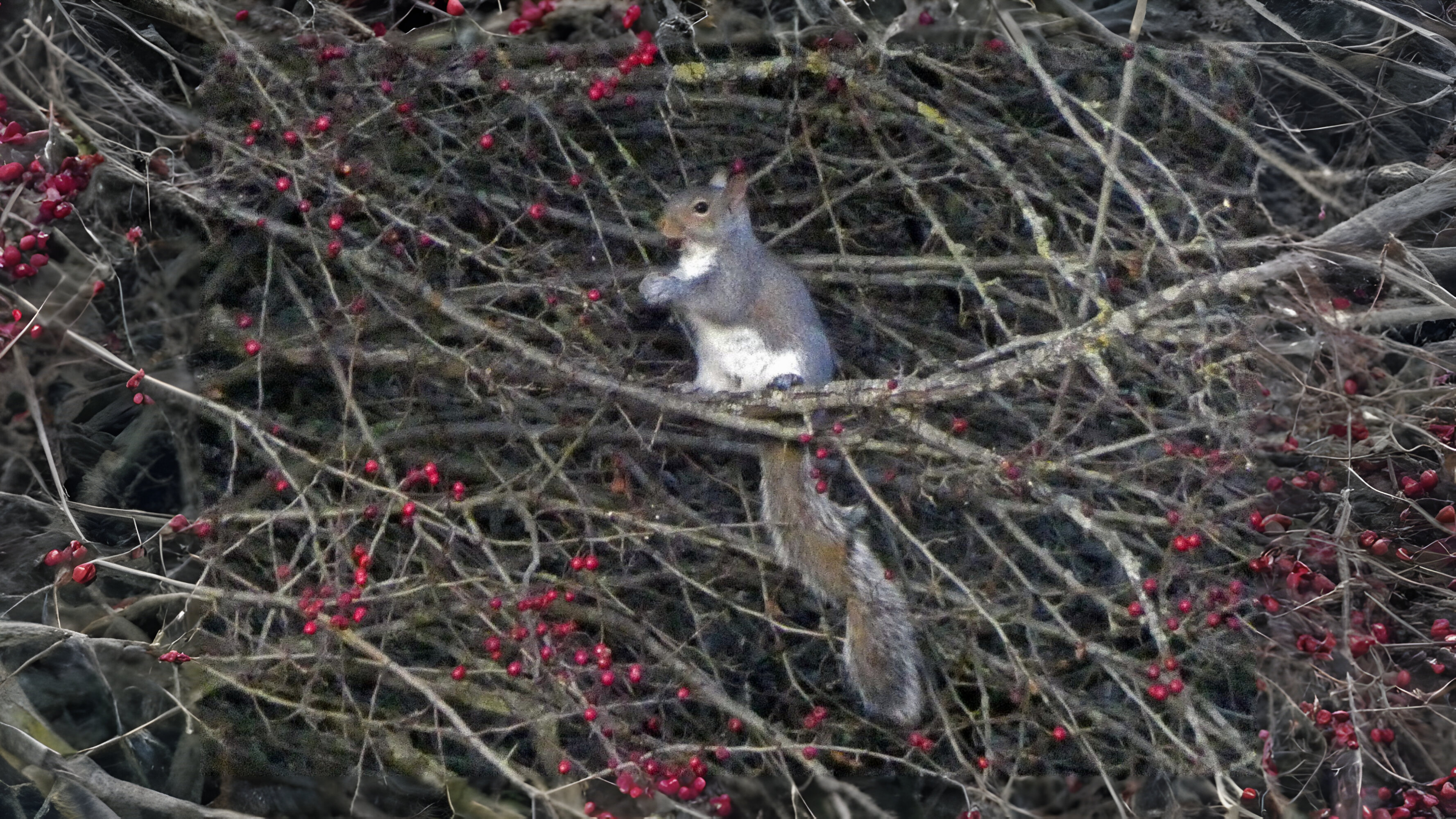
In gardens the fruits of Malus transitoria, Malus ‘Evereste’, Hippophae rhamnoides, Pyracantha, Berberis and Stinking Iris Iris foetidissima all still provide a much needed splash of colour. The Savill gardens, near Windsor, have an extensive collection of winter plants, some still with their fruits, as well as a National Collection of Mohanias.
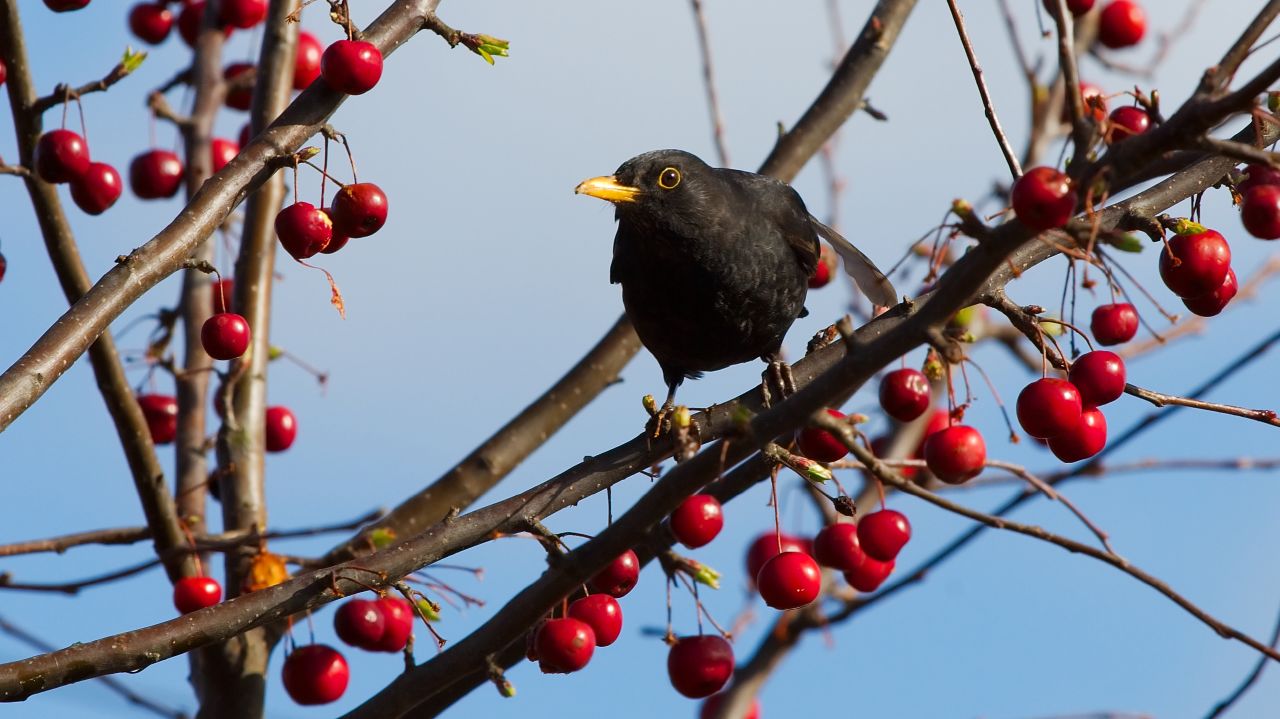
A much rarer berry nowadays would be one found on a wild juniper bush on the North Downs. They take two years to mature and are formed where the twig meets the stem. Here they would be surrounded by protective spiny leaves till picked to make gin or to be made into an infusion to cure flatulence. The latter medication had the added extra of giving the urine a violet scent.
